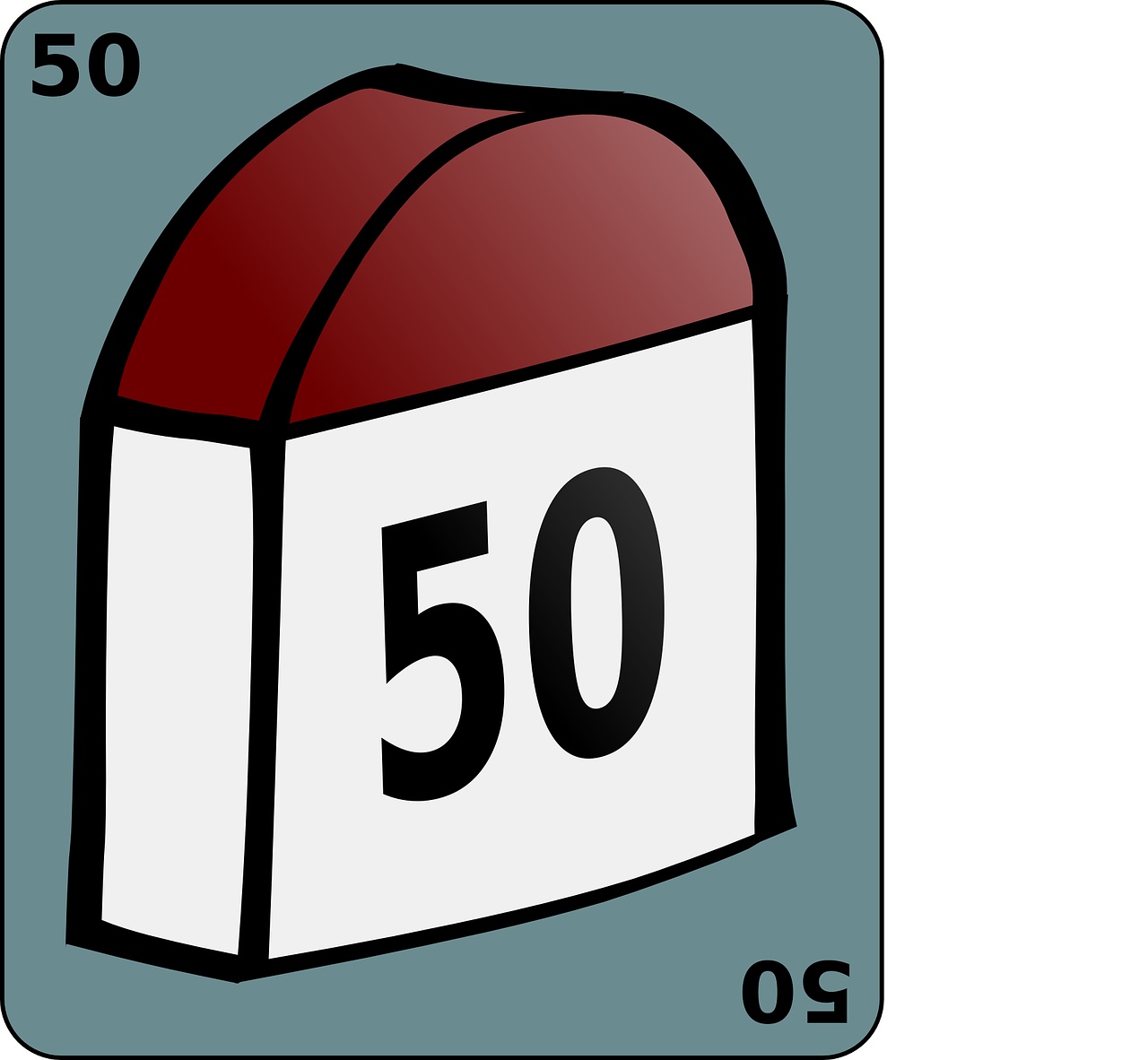
As I was on the phone with a colleague trying to convince the referrer of why I think a patient has Paget’s disease instead of metastases, I described the cortical thickening of the iliopectineal line and the lack of activity on the bone scan at the site and elsewhere throughout the body. And I mentioned the MRI was nonspecific, with some expansion of the ilium that went along with the case. The retort was that the alkaline phosphatase level was not high. And to that, I added that Paget’s disease in the chronic phase often does not demonstrate elevation of this enzyme. All this back and forth was to get my colleague to buy into my conclusion that the case was Paget’s disease, not metastases. At this point, I realized my job at that moment was just like all the other car salespeople I know! And allow me to tell you why.
After looking at and synthesizing all the images and analyzing other less definitive dictations and reports, I incorporated all the information. Then, my goal was to package all the data into one convincing deal- an offer the physician could not refuse, just like the car salesperson trying to get us to buy a car. So, how can we, as radiologists, convince colleagues of what we see, just like car salespeople persuade us to buy cars?
Give All The Evidence For Your Convictions
Like in the case above, I gave this referrer all the reasons why I thought the osseous lesions were not metastases and instead Pagetoid. This tactic is no different than that of used-car salespeople. They will try to persuade you to buy a car by explaining why it satisfies your needs. It’s safe for kids, has Apple Play, reliable ratings, etc. Does this technique sound familiar? Did you ever think radiologists and car salespeople are so similar?
Definitively Lead The Referring Doctor Toward The Correct Treatment Goal
Using more absolute terms can lead our referrers toward the correct diagnosis and, ultimately, the proper treatment for the patient. Avoid using equal probabilities and weights in our speech and our written descriptions. We can almost always come up with a likelihood for one or another diagnosis. Make sure to relay that information to our referrers. Also, try to eliminate words like “appears,” “maybe,” and “cannot exclude” from our communications. Rarely are these terms practical. And these words connote insecurity, not the message your clinician wants to hear when trying to determine what to do next. Likewise, if car salespeople told you the car might be safe, you probably would not be too interested in it. But if they told you it is the safest car on the market, that’s another story!
Be Convincing In A Nice Way, Just Like Car Salespeople
We may sometimes feel like the referrers are dullards (and it might be true!). Nevertheless, it is critical to relay our issues in a way that is not aggressive or toxic. Talking down to our colleagues or yelling at them will not get the point across as well as a friendly conversation or chat. Likewise, it never pays to put provocative subjective terms in our dictations as these are legal records for the patient. You certainly don’t want negative phrases like these to be present when you are involved in a lawsuit; it doesn’t make you look too professional! Car salespeople need to do the same. They may secretly hate you, but they must be nice to make the sale!
Radiologist As Car Salespeople- Make Them An Offer They Can’t Refuse!
We, as radiologists, rarely realize all the roles that we play in our organizations. And excellent radiologists need not only to make the correct diagnoses but also to play the role of salespeople. We need to give all the evidence, lead definitely, and be nice to our colleagues to persuade them about the final disposition and diagnosis. In a way, we are no different than car salespeople that need to make the next sale. We must convince our colleagues just as they would need to persuade their customers to buy a car. But, I would like to think that we also use extensive training and depth of knowledge (more so than a car salesman) to get to the point of excellent patient care!















